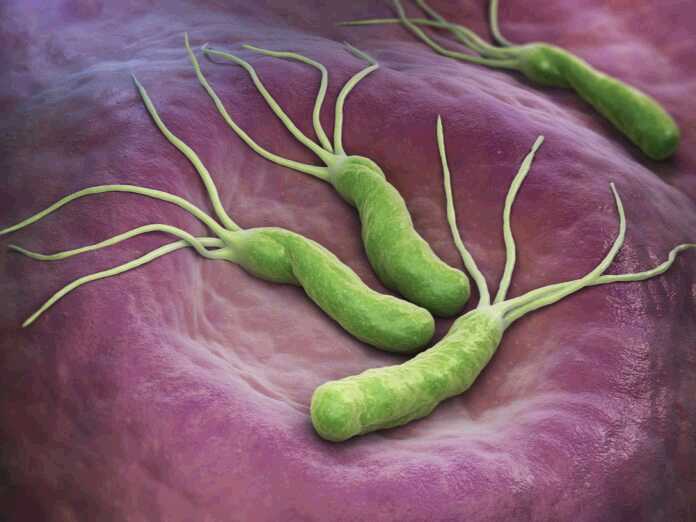
In a recent report, the WHO has highlighted the threat of global antibiotic resistance. Over-prescription along with misdiagnoses are among the reasons why many bacteria thrive, even in the presence of antibiotics. In this article, we list some of the most dangerous drug-resistant bacteria.
1. Salmonella
Thousands of strains of two main types of salmonella exist. While previously, treatment with antibiotics was possible, some salmonella types are now antibiotic-resistant. You can contract salmonella through contact with an infected person or animal. Most commonly, however, people get salmonella from undercooked food. Among the food poisoning-like symptoms, you’ve got stomach cramps, diarrhea, nausea, and vomiting.
2. Staphylococcus Aureus (MRSA)
Also known as the hospital superbug, MRSA can cause serious health issues. This is despite the fact that in most cases, this bug exists on the skin and inside the nose without ever causing any issues. However, when it enters wounds, MRSA becomes part of the group of most dangerous drug-resistant bacteria.
3. Acinetobacter Baumannii
No doubt one of the most dangerous drug-resistant bacteria, this bug has defeated the last-resort carbapenem antibiotic. It can collect genetic material from other bacteria which is why it has been so successful at resisting antibiotics. Most common in healthcare settings, this bacterium affects the lungs and wounds and may cause sepsis.
4. Neisseria Gonorrhoeae
This bacterium is responsible for the sexually transmitted gonorrhea infections. Over the years, it has built up resistance to many different types of antibiotics.
5. Campylobacter
Last on our list of the 5 most dangerous drug-resistant bacteria; we’ve got the campylobacter bacteria. In general, people get this bug from eating uncooked or raw meat products. Though in many instances, antibiotics may still be effective, this bacterium has also shown strong antibiotics resistance.
These are just some of the bacteria with strong antibiotics resistance, many more exist.





























